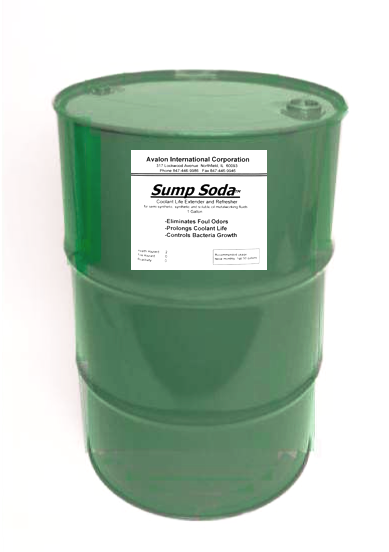Bug Check® SRB
Bug Check® SRB Bacteria Test Kit
Bug Check® SRB bacteria test kit is used to count sulfate-reducing bacteria (anaerobic bacteria) typically found in stagnant fluids with low levels of oxygen. It is also used in water-contaminated petroleum products and fracking fluids.
Anaerobic or sulfate reducing bacteria (SRB) organisms grow best in the absence of free oxygen and are responsible for the corrosion of metals and pitting of concrete as well as objectionable hydrogen sulfide odors (rotten egg smell).
No laboratory equipment is needed. Bug Check® SRB is a self-contained test. All required materials and directions are included. The tests readily handle dirty or high-solid samples, perfect for field use. You do not have to be a microbiologist to use Bug Check® SRB.
Used in the following processes and industries:
Bug Check® is a bacterial test using non-hazardous, microbiological culture media. No hazard class label or placards required.
Bug Check® SRB Brochure Links:
Bug Check® SRB Directions Bug Check® SRB Conversion Chart SDS
Stop the Stink with Sump Soda®
This coolant deodorizer is compatible with all major metalworking fluids: Castrol, DA Stuart, Fuchs, ChemTool, Quaker, Houghton, Master, AW Chesterton, DoAll, ITW Fluids, Milacron, Hangsterfer's & others.
Comparative active ingredient toTriadine™ and Triazine.
Sump Soda® is a bacteria killer.
-
Sump Soda® - 1 gallon jug; Use 1 qt/50 gal of coolant
Regular price $ 151.00Regular priceUnit price per -
Sump Soda® - 5 gallon pail; Use 1 qt/50 gal of coolant
Regular price $ 525.00Regular priceUnit price per -
Sump Soda® - 55 gallon drum; Use 1 qt/50 gal of coolant
Regular price $ 3,950.00Regular priceUnit price per
How Do I Determine When My Coolant is No Longer Safe?
The following signs indicate that a coolant is no longer safe to use and might be hazardous to workers health:
- Foul smell. Uncontrolled microbial growth causes metal working fluid to stink. It is important to address the cause of rancid smells, as the fine spray that is created during machining contains live microbes which can cause harmful health effects (dermatitis) in the employees who are exposed to this coolant mist. Foul smelling fluid is likely caused by microbial growth and needs to be analyzed and treated with biocide. Coolant that cannot be saved should be discarded appropriately. Before adding fresh coolant, the sump needs to be thoroughly cleaned.
- Abnormal fluid appearance. Check the color and appearance of the fluid regularly. Usually, synthetic fluids are clear, often the semi-synthetics appear transparent to milky, and soluble oil typically has a milky appearance with no oil layer. Bacteria often cause coolants to turn grey or black. Tramp oil may cause yellowing and browning of coolants. Colorless coolant is a sign of depleted coolant.
- Employees suffer from respiratory irritation. Exposure to coolant mist that is contaminated by bacteria and fungal spores can lead to irritation and tightness in the chest.
- Employees suffer from dermatitis skin symptoms from working with metalworking fluid, a persistent itchy rash that lasts six months or more.




